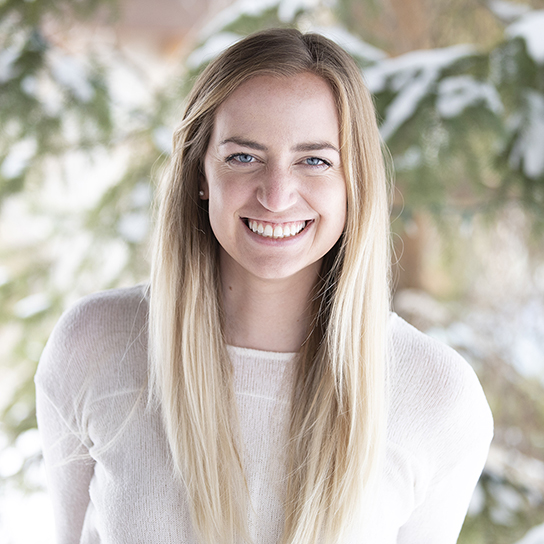Every profession bears its own unique challenges. In some, the pressures and stressors run more severe than others. For first responders, the job stressors can move out of the “deadline” or “personnel” categories and into the realm of clinically recognized trauma.
As first responders, firefighters, EMS professionals, and police officers face mental health risks and triggers at a more frequent and potentially damaging level than many other professions. Scroll down to the photo to open the infographic for more information.
As defined by the Diagnostic and Statistical Manual of Mental Health Disorders, trauma is “actual or threatened death, serious injury, or sexual violence.” While traumatic events certainly do not always result in a mental health disorder, a qualifying traumatic experience is the first of a few criteria for an entire category of mental health disorders – called trauma or stressor-related disorders. In this category, the most well-known condition is post-traumatic stress disorder or PTSD.
Trauma on Duty
Sometimes, firefighters and police officers are directly involved and experiencing this real or this real or perceived trauma. Take firefighters, for example. In 2018, around 1,318,500 fires occurred in the United States. Nearly 380,000 of these occurred in residential buildings. 7,500 residential fires involved bodily injury, and 2,000 resulted in at least one fatality. Though EMS and police officers respond to 911 fire calls as well, firefighters experience the most potential danger on the scene. Out of 1.15 million firefighters in 2018, only 82 firefighter deaths occurred on duty. However, over 22,000 sustained injuries. These statistics are provided by FEMA.
While these statistics help us grasp the “actual” death and serious injury experienced by firefighters, they do not account for “threatened” death or serious injury. In any risky or dangerous situation, the body may experience trauma in the presence of a threat, whether or not death or injury actually occurs. This blows what is considered a mental health risk factor wide open.
Police officers also run the possibility of facing violence or direct involvement in traumatic situations during their careers. The number of police officers killed on duty each year also hovers south of 100. Still, again, it’s the threat of death or serious injury that dramatically increases the number of situations that raise the mental health risk.
Experiencing vs. Witnessing – Trauma Exposure
Many EMS professionals, police officers, and firefighters will not direct victims of trauma on duty, but the duties of first responders weigh on mental health. In the DSM-5’s description of qualifying events for trauma-related mental health disorders, direct experiences and in-person witnessing of death, serious injury, and sexual assault are included. It isn’t just the victims of trauma that can be significantly impacted and at higher risk for mental health disorders. It’s also the witnesses.
Increased Risk to Increased Occurrence
Because of intensity and trauma experienced and witnessed by first responders, it follows that increased trauma exposure may lead to increased mental health disorders. When risk factors increase, it is crucial also to enhance and promote mental health support offered to mitigate the potential of PTSD and other stressor-related disorders. Without any intentional healing or active processing and resolution, the trauma can simmer and create dysfunction, trauma reactions, distress, and even some mental health disorders in first responders.
In 2018, The Substance Abuse and Mental Health Services Administration published an extensive review of mental health in first responders. The fifteen-page report covers a variety of mental health statistics and topics within firefighters, police officers, and EMS professionals including depression, suicide ideation, suicide attempts, substance use, stress, and PTSD.
Mental Health in First Responders: Infographic
For a visual representation of a few of the stats for mental health in first responders, we’ve created an infographic focused on this particular population. Check out the stats on mental health in these frontline workers by clicking the photo to the right. See our other infographics here. These infographics are free to use, download, print, and share.
References & Resources
- https://www.samhsa.gov/sites/default/files/dtac/supplementalresearchbulletin-firstresponders-may2018.pdf
- https://www.usfa.fema.gov/data/statistics/
- https://www.fbi.gov/services/cjis/ucr/leoka
- https://studylib.net/doc/18691356/posttraumatic-stress-disorder—dsm-5
For more resources, check out our Speaker Series or give us a call for a free consultation. Subscribe to our newsletter below for more blogs like this.






